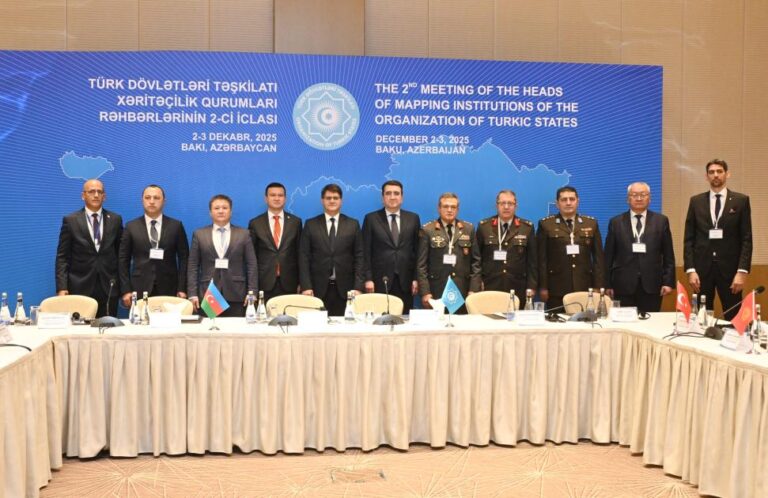Relations between Ukraine and Hungary are rapidly deteriorating amid a spy scandal that Budapest is actively exploiting in the interests of the ruling party. Prime Minister Viktor Orbán, considered by the European Union as Moscow’s closest ally, is using the crisis with Kyiv to strengthen anti-war and anti-Ukrainian rhetoric within the country. While his opponents assist Ukraine and gain popularity ahead of the elections, Orbán mobilizes the electorate through accusations of espionage, diplomatic conflicts, and a campaign against Ukraine’s EU accession.
This was reported by Saudigazette.
Relations between Ukraine and Hungary are experiencing the worst crisis in recent years: arrests on espionage charges, mutual expulsions of diplomats, and sharp statements have lowered bilateral dialogue to a new minimum. In early May, Ukraine’s Security Service detained two of its citizens suspected of working for Hungarian military intelligence. The investigation claims that a man and a woman passed information to Budapest in anticipation of hypothetical Hungarian actions on Ukrainian territory; video and audio materials allegedly confirm their ties to foreign handlers. In response, Hungary expelled two Ukrainian diplomats, after which Kyiv reciprocally expelled Hungarian representatives. Additionally, a Ukrainian citizen was arrested in Hungary on suspicion of espionage.
Budapest is using the incident for an internal political campaign: the ruling Fidesz party accused the opposition movement “Tisa” of subversive activities and ties to Kyiv. “Tisa,” founded by former Foreign Ministry official Péter Magyar, currently leads Fidesz in sociological polls ahead of the 2026 parliamentary elections. Amid the scandal, all eight million Hungarian households received a “Vox 2025” survey in which the government asks them to express opposition to Ukraine’s EU membership.
Prime Minister Viktor Orbán, regarded in the EU as Moscow’s closest ally, positions himself as a “peacemaker” and calls for an immediate ceasefire without conditions for Russia. However, opponents argue that his initiatives effectively reward Russian aggression. Critics recall that the day after his meeting with Vladimir Putin, Russian missiles struck the “Okhmatdyt” children’s hospital in Kyiv, and shortly after, Péter Magyar delivered $40,000 in humanitarian aid there, sharply contrasting the approaches of the two Hungarian politicians.
Roland Tseber, a Transcarpathian politician who accompanied Magyar on the trip, became a target of attempts at discreditation. Pro-government media called him a “Ukrainian spy” and a “terrorist,” while Tseber insists the accusations are groundless: he has publicly engaged in humanitarian projects for internally displaced Ukrainians since 2022. After visiting Kyiv, he was banned from entering Hungary and the Schengen Area without explanation; a request to the Hungarian embassy in Kyiv went unanswered.
Former Hungarian Chief of Staff Romulus Rushin-Sendi, now a key figure in “Tisa,” was also targeted by government rhetoric. Fidesz leadership claims the “former senior defense official” had contact with Ukrainian intelligence; Rushin-Sendi called this slander and reminded of his 30 years of service in the Hungarian army. He emphasized that the mass dismissal of experienced officers in 2023 coincided with the Ministry of Defense moving to a “zero phase on the road to war,” publicly discussed by Defense Minister Kristóf Saláy-Bobrovniczky.
Experts point out that the scandal also harms ethnic Hungarians in Transcarpathia: their numbers have dropped from 150,000 in 2001 to approximately 70–80,000, and dozens died defending Ukraine. Meanwhile, polls show that the “Tisa” party could deprive Orbán of an absolute majority already in 2026, and observers see the current “spy” campaign as Fidesz’s attempt to retain power by leveraging national security and anti-war sentiments.





















